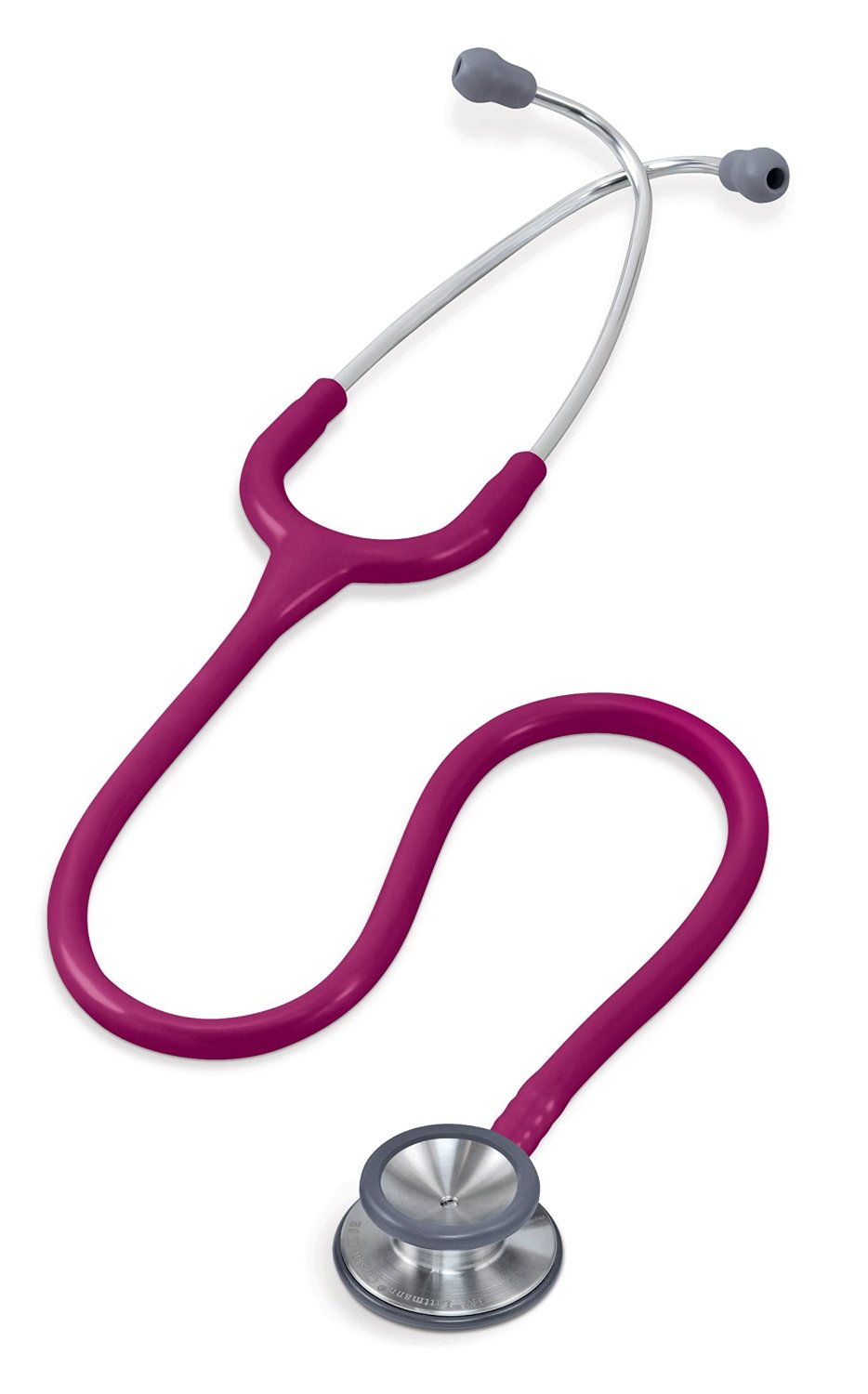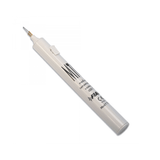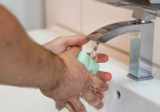Stethoscopes And Their Many Functions
 At Four Square Healthcare we supply
a vast range of medical and surgical instruments, some of which have
more practical uses than others. A stethoscope is traditionally one
of the most recognisable medical instruments, commonly associated
with the typical image of a doctor, but many people don’t realise
how many uses is actually has.
At Four Square Healthcare we supply
a vast range of medical and surgical instruments, some of which have
more practical uses than others. A stethoscope is traditionally one
of the most recognisable medical instruments, commonly associated
with the typical image of a doctor, but many people don’t realise
how many uses is actually has.
The tool that we might recognise as a stethoscope today has been around for approximately 200 years, only changing slightly in their design up until today. They essentially allow a doctor to listen for sounds inside a patient’s body, by providing a way for the vibrations to travel from the patient to reach the doctor’s earpiece.
This practice is known as auscultation, and can be used to diagnose various conditions, especially those connected with the heart and lungs. The full list of things that a stethoscope can measure, however, actually includes all of the following and more:
1) Heartbeat – Listening to a patient’s chest can allow a doctor to determine the heart rate as well as any specific rhythm or other unusual indications. Irregular beats, clicks or other sounds will be more obvious when heard by a trained and experienced professional. Four main areas of the heart are usually checked to ensure accurate readings.
2) Breathing – A standard stethoscope can also be used to listen to the lungs, providing information about the rate of breathing and several qualitative factors. A total of six points on the chest and seven points on the back are often used for each lung when checking for differences between the two.
3) Blood pressure – A special type of stethoscope attached to an adjustable cuff can be used to measure blood pressure, as an alternative to digital readers. The cuff is attached tightly and then inflated until the point that the thumping sound of blood being pumped is almost inaudible. This provides a measurement of blood pressure in mmHg.
4) Bruits – A bruit is the abnormal constriction of an artery which results in a noticeable change in the sound of the blood flow. This can result in a dangerous aneurysm, so it is important that these are identified.
5) Bowels – In some cases doctors can use a stethoscope to listen to movements inside the bowels, and this can help to determine if there are any blockages or paralysed intestinal muscles (paralytic ileus).
There are many more uses for standard stethoscopes, as well as variations which are designed for particular functions such as those for reading blood pressure. It’s essential to make sure any equipment intended for medical use is properly maintained for accuracy and safety, which includes sterilisation between uses.
Recent Posts
-
Cauteries & Cryosurgery for minor procedures
Cauteries and cryosurgery work in a similar fashion, even though they are at opposite ends of the s …4th Jul 2019 -
Choosing the best digital thermometer
As any parent, or healthcare professional knows only too well, getting an accurate temperature read …6th Jun 2019 -
World Hand Hygiene Day
Any healthcare professional will be able to attest to the importance of good hand hygiene. 5 May 2 …1st May 2019




